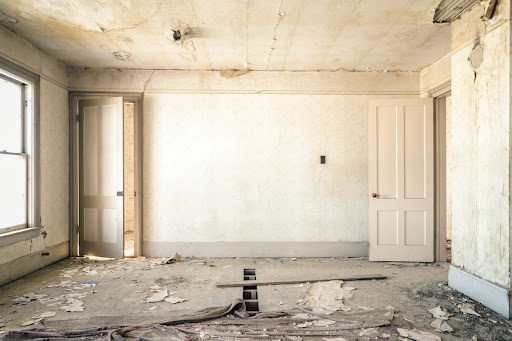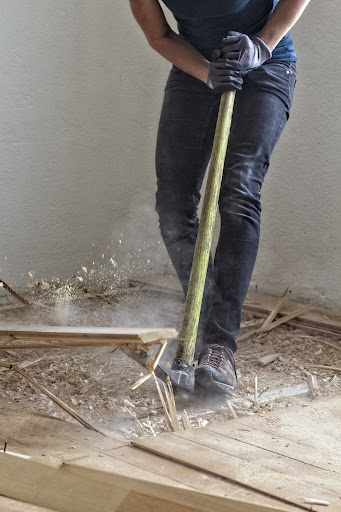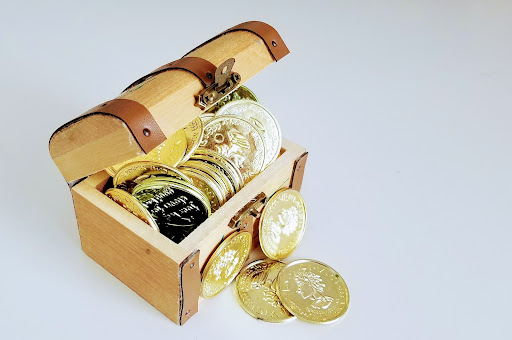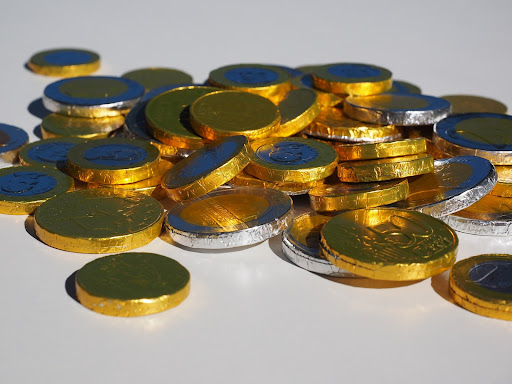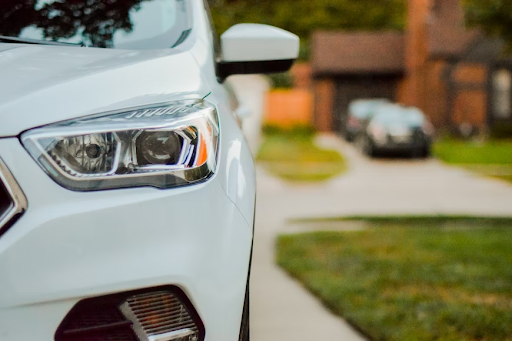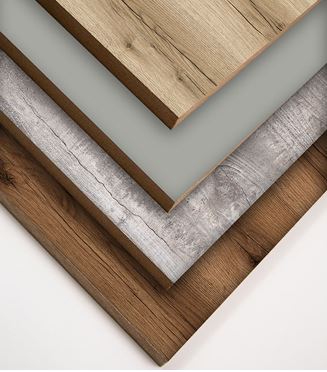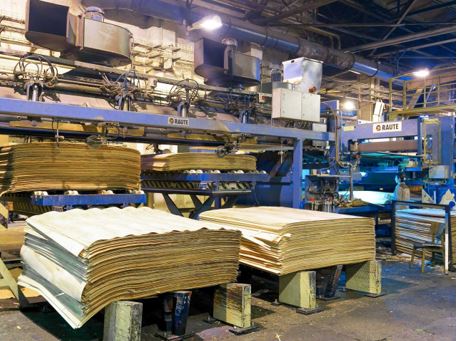11 Key Factors for a Successful SEO Campaign
It is no secret that having an effective SEO campaign can be the key to success for any online business. With search engines constantly changing their algorithms, and new websites appearing daily, staying ahead of the competition requires a comprehensive strategy designed specifically to help your website rank higher in search engine results pages (SERPs). To achieve this goal, there are 11 key factors that should be taken into account when designing your SEO campaign.
1. Learn about enterprise SEO
Enterprise SEO is a comprehensive approach to optimizing your online presence and should be the cornerstone of any successful SEO campaign. It involves developing an effective strategy focused on enhancing visibility within search engine results pages (SERPs) across all relevant channels. Namely, whether you decide to check this guide to seo for enterprises, or do your own research about it, enterprise SEO includes everything from content optimization to technical structure considerations and more. When done correctly, enterprise SEO can give your website an edge over the competition. Namely, you should start with an analysis of your current SEO efforts and identify areas for improvement. Keeping track of industry trends, analyzing competitors’ strategies, and staying informed about search engine algorithms will help you stay ahead of the curve. Your SEO efforts should also be tied into other aspects of your marketing strategy, such as social media, email campaigns, and PPC. The goal is to create an integrated approach that maximizes visibility in the SERPs.
2. Comprehensive Keyword Research
It is essential to have a thorough understanding of the keywords relevant to your industry in order to optimize your website for search engine rankings. By utilizing keyword research tools, you can identify high-traffic and low-competition keywords that are relevant to your business. This will allow you to craft content and develop strategies designed specifically around such keywords in order to generate more organic traffic. Also, geographic-specific targeting and long-tail keywords should be taken into account in developing a comprehensive keyword strategy. Namely, the geographic data collection will help you target potential customers in specific locations and the long-tail keywords will give your website more authority. Additionally, it is important to focus on long-tail keywords as these are more likely to drive targeted leads than broad search phrases.
A lot of professionals prefer to use an in-depth keyword research process that includes examining search volume, competition level, and also related keywords to ensure they are targeting the right phrases. Depending on the niche, keyword research can take anywhere from a few hours to several weeks. That’s why https://growthgiants.co.uk/ is such a helpful resource to quickly uncover the best keywords for any business
3. Quality Content
Having high-quality content is one of the most important aspects of a successful SEO campaign. By creating content that offers valuable information, solutions, or insights related to your industry, you will be able to drive relevant visitors to your website. Additionally, content should be optimized for search engines by incorporating relevant keywords and phrases. Not only will this help improve your rankings, but it will also increase user engagement as well. Over the period of time, there will be an evolution of fresh and unique content that will keep your website up to date. Remember, search engines favor new and relevant content, so it is imperative to regularly update your website with fresh material. To be sure your content will stick out, look at the top-ranking SERP pages and examine their content. There should be a clear distinction between what’s already out there and your own. Picking up on trends and industry conversations is a great way to approach this.
4. Link Building

Links are another important factor when it comes to SEO success. By having quality backlinks pointing toward your website, you can increase your visibility and rankings in SERPs. You can acquire these links by submitting content to other websites or directories, participating in forums and communities related to your industry, as well as building relationships with digital influencers. The key here is to build quality backlinks from authoritative websites relevant to your industry. Having dozens of low-quality backlinks from irrelevant websites can actually hurt your rankings rather than help them. So it is important to be mindful when it comes to acquiring backlinks. A lot of professionals prefer to collaborate with influencers in their industry to help increase the quality and relevance of the links pointing toward their websites.
5. Technical Optimizations
It is also important to optimize your website for technical SEO. This involves making sure your website is loading fast and reliably, is mobile-friendly, has structured data implemented, and that it follows the latest web standards (e.g., HTTPS). Technical optimizations can help improve your website’s user experience as well as its ranking in SERPs. For example, having a fast-loading website can reduce bounce rates and increase user engagement. Additionally, having search engine-friendly URLs, valid HTML/CSS code, and structured data implemented can also help improve your rankings in SERPs. It is important to focus on these technical optimizations as they are essential for both users and search engines. So it is imperative to ensure your website is up to date with the latest standards and conventions.
5. Site Architecture

Having a well-organized website architecture is essential for successful SEO campaigns. A good site architecture will help search engine crawlers efficiently index your pages and make it easier for visitors to find the content they are looking for. This can also help improve your overall rankings in SERPs as well. Additionally, a good site architecture will help you get the most out of your link-building efforts. When it comes to organizing your website, it is important to create categories and sub-categories for your content. You should also pay attention to page titles, meta descriptions, and internal linking as this can help improve user experience on your website. Additionally, you should also optimize URLs for readability and make sure they are consistent across the board. The better organized your website is, the better it will perform in SERPs.
6. Social Presence

Having a strong social presence can also help improve your SEO performance. Search engines are increasingly using social signals as ranking factors and having an active presence on popular networks such as Facebook, Twitter, and Instagram can help improve your visibility and rankings in SERPs. Additionally, having an active presence on these platforms can help you build relationships with your target audience, increase brand awareness and loyalty, as well as attract more visitors to your website. It is important to make sure that the content you post on social networks is engaging, shareable, and relevant to your business goals. You should also make sure to link back to your website and other relevant content as this can help direct traffic back to your site. Lastly, it is important to stay active on these platforms and respond to user comments and feedback in a timely manner. All of these strategies can help you get the most out of your social media presence.
7. Knowing Your Audience
Understanding your target audience is essential for successful SEO campaigns. Knowing who you are trying to reach and what their interests and needs are will help you create more targeted content that appeals to them. Additionally, this can also help you create better marketing campaigns as well as optimize your website for search engines. Knowing your audience can also help you focus your efforts on the channels that matter most to them. For example, knowing which social networks they are active on and what keywords they use in search engines can help you optimize your content for SERPs as well as reach out to potential customers with more effective campaigns. To realize the ultimate success of your SEO campaigns, it is essential to grasp who comprises your target audience and create a strategy specifically tailored to them. Putting in the extra effort now will pay off immensely down the road as you reap the rewards of accelerated growth and reach desired business objectives more quickly.
8. Giving Value
Crafting content to provide value to your users is key for any fruitful SEO initiative. Your material should be interesting, educational, and pertinent to the target market you are trying to reach. Moreover, it must also incorporate relevant keywords in order for search engines such as Google or Yahoo! to recognize its existence quickly and easily. When creating content, you should focus on topics that are interesting and useful to your audience. You can also use data and research to create more compelling content that will help you stand out from the competition. Moreover, using visuals like infographics and images can help you to grab users’ attention and maximize engagement. When creating content, be mindful of providing too much unnecessary information or making it overly promotional as this can deter visitors. Rather, aim to craft helpful and educational materials that will captivate your intended readership so they come back for more.
9. Mobile Optimization

Mobile optimization is essential for successful SEO campaigns. As more and more users use mobile devices to access the internet, search engines are increasingly taking this into account when ranking websites in SERPs. When optimizing your website for mobile, you should make sure that it is responsive, meaning it should adjust its layout and design based on the size of the screen it is being viewed on. You should also make sure that the content and images are optimized for mobile devices as this can help improve loading speeds and user experience. When someone runs a search on their mobile device, a website that is optimized for mobile will have a better chance of appearing higher in the SERPs. Buggy and unresponsive sites will not only rank lower in SERPs, but they can also cause users to have a negative experience and leave your website. Take the time to make sure your website is optimized for mobile devices and you will be rewarded with higher rankings and more traffic.
10. Analyzing Results and Optimizing
Analyzing the results of your SEO campaigns is essential to ensure that they are successful. Tools such as Google Analytics can help you track user behavior on your website and identify areas that need improvement. The way it works is by tracking things such as page visits, bounce rates, user engagement, and more. Then, companies can use this data to optimize their SEO campaigns and improve user experience. On the other hand, if your campaigns are successful, you can use this data to replicate and expand on them. Analyzing the results of your campaigns can also help you determine which strategies are working and which ones need to be adjusted or changed. Additionally, it can also help you decide which channels are effective for reaching out to potential customers as well as optimize content for search engines. Some of the better analytics tools, such as Google Analytics, can also give you insights into the keywords that are driving traffic to your website. This information can then be used to optimize content for SERPs.
11. Consistent Effort

Maintaining a consistent effort is essential for successful SEO campaigns. It takes time and patience to achieve results in search engine rankings, so it is important to be patient and keep creating quality content consistently over time. Additionally, you should also make sure to update your website regularly with fresh content as this can help improve your rankings. Additionally, you should also make sure to analyze the results of your campaigns and optimize them accordingly. By consistently putting in effort over time, you can gradually build up visibility in search engine rankings. This will not only help you reach your business goals but also establish credibility and trust with potential customers. A lot of hard work and dedication is required to make a successful SEO campaign, so make sure to invest the time and energy in order to reap the rewards. Even if you don’t see results instantly, if you keep at it and make sure to analyze the data regularly, you will eventually achieve your desired goals. For more information on SEO agencies check out EngineRoom.
Overall, a successful SEO campaign requires hard work, dedication, and consistency. By understanding your audience and creating content that is optimized for search engines, you can improve visibility in SERPs and reach out to potential customers with more effective campaigns. Additionally, analyzing the results of your campaigns and optimizing them accordingly can help ensure that they are successful in the long run. With the right effort and dedication, you can create an effective SEO strategy that will help your business reach its goals. So don’t miss out on this opportunity and start putting in the work today!
Check Next >https://www.neoadviser.com/internet-speeds-explained/

